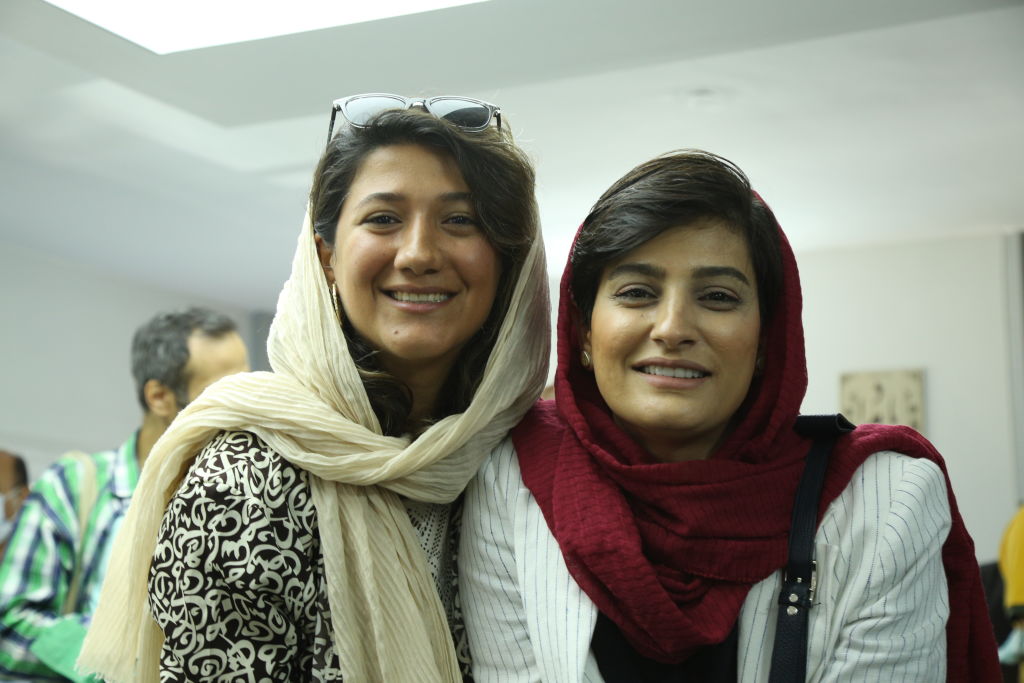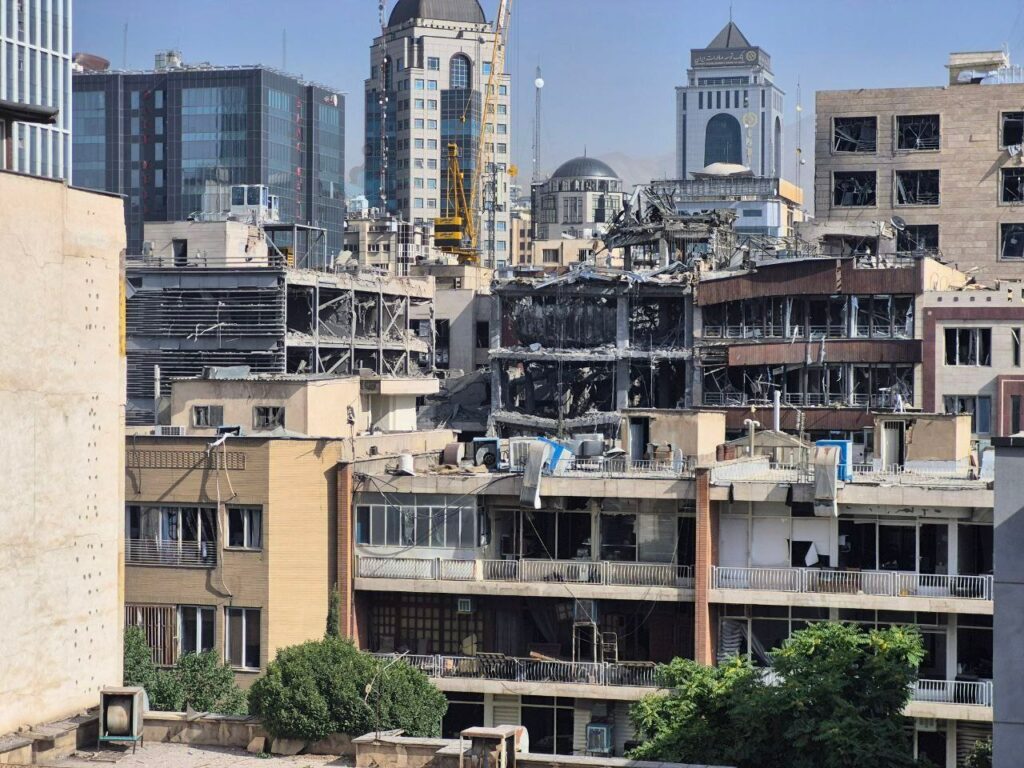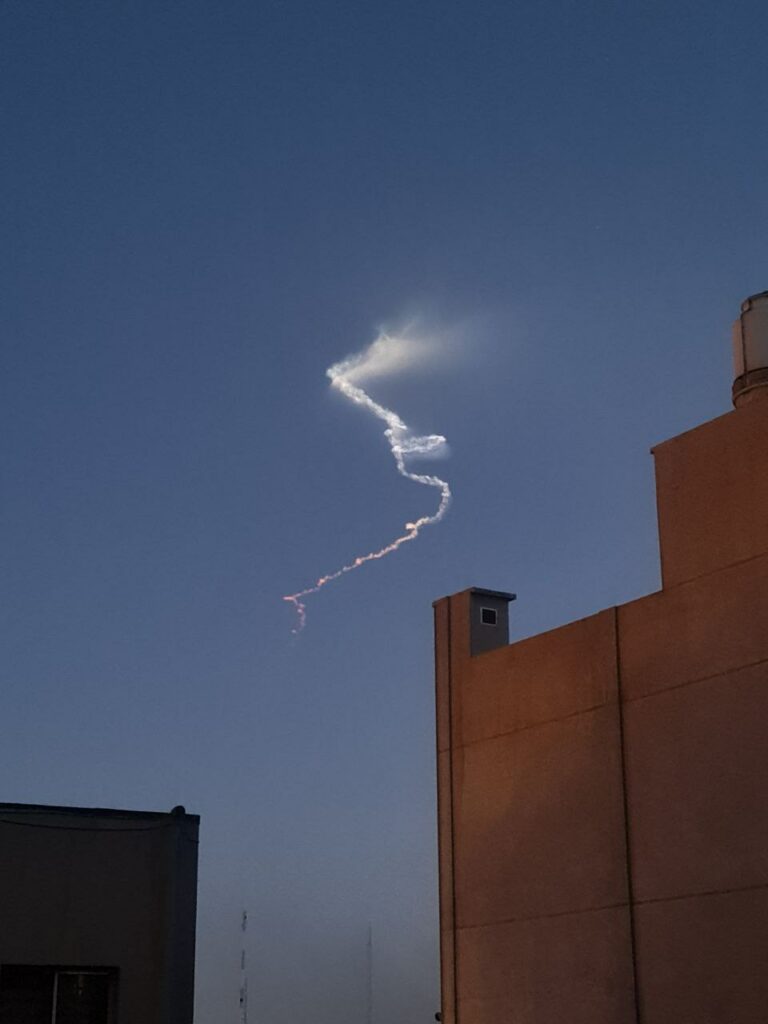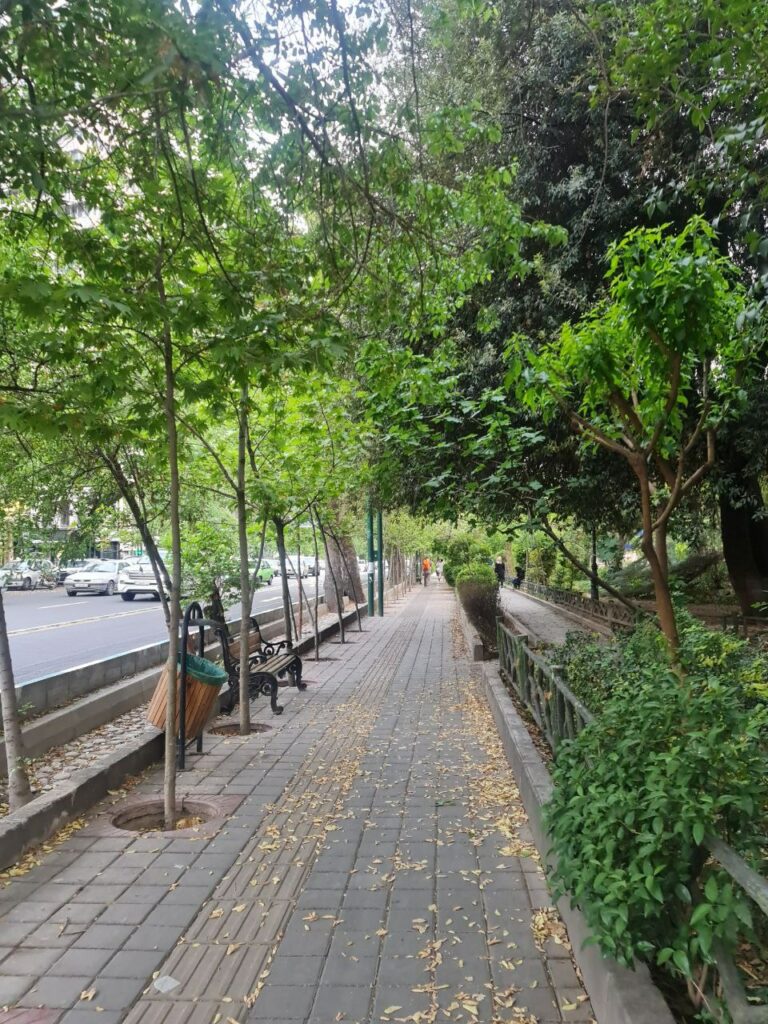They Were Told “Don’t Write, Don’t Post, Don’t Report”
For Iran’s fearless women journalists, every byline is a form of rebellion
By Tara Kangarlou
“To be a war correspondent is like a wounded dove flying through a pitch-black tunnel. It crashes into the walls over and over, but keeps going, for a chance to send the message, to save others,” says Arameh, a 40-year-old Iranian journalist. She and her two colleagues, Samira, 39, and Parvaneh, 27 (all have been given pseudonyms for their safety), are among the many brave Iranian journalists who remained on the ground in Tehran to report on the 12-day Israel-Iran war earlier this summer.
The women work for one of Iran’s prominent news sites, covering social, local, and political issues. Although the outlet is independently owned, it still falls under the heavy scrutiny of the Islamic regime’s watchful eyes. (Out of the utmost caution, we’ve withheld the name of the website.) “Despite slow internet and censorship, we wrote, posted, and published” throughout the war, recalls Arameh. “With images of blood and death flooding in, we kept reporting.”
Ultimately, Iran’s missile attacks on Israel killed 28 people and wounded more than 3,000, some of them civilians. Israeli airstrikes on Iran killed more than 1,190 people and injured 4,475, according to the human rights group HRANA. As in many conflicts, Western coverage of the war zeroed in on geopolitics: the Islamic Republic’s hardline rhetoric, the regime’s nuclear ambitions, and the fate of a theocracy teetering on the edge. Yet beneath those soundbites, a generation of fearless, tenacious young journalists—many of them women—tirelessly documented life under foreign bombardment and domestic censorship in the world’s third-largest jailer of journalists.

According to Reporters Without Borders (RSF), more than 860 journalists have been arrested, interrogated, or executed in Iran since the 1979 revolution, which brought the Islamic Republic to power. RSF also reports that since Mahsa Amini’s killing in September 2022, at least 79 journalists, including 31 women, have been detained—with some still behind bars. The International Federation of Journalists and Iran’s own Union of Journalists report even higher figures, estimating that over 100 journalists have been detained during this period, most in Tehran’s notorious Evin Prison. Among those held were 38-year-old Elaheh Mohammadi, her twin sister Elnaz, and Niloofar Hamedi, who first broke the news of Mahsa Amini’s killing for Shargh Daily in September 2022.
My connection to these women goes beyond our shared profession—I was born and raised in Iran and immersed in all the complexities of its everyday life; but today, as an American journalist with dual nationality, I can no longer return freely to my country of birth—simply because my profession is deemed threatening to the forces at home. I often have nightmares of being arrested in Iran or of never again seeing my childhood home; but what gives me hope is the strength of women like Arameh, Parvaneh, and Samira, who stayed. They do so knowing their government is always watching, listening, and ready to punish them for telling the truth.
These women were not just covering a war; they were surviving it.
On the war’s second night, 27-year-old Parvaneh tried sleeping in the newsroom as her home was in an evacuation zone. It was just her and the office janitor, whose pregnant wife and daughter had already left the city after their neighborhood was hit. That night, Parveneh recalled, “the sirens were so loud that neither one of us could sleep, so I stayed up all night and covered the strikes.”

On day three, Arameh convinced her aging parents, brother, sister, and five-year-old niece to leave Tehran without her. “With each strike, I’d tell my niece it was a celebration or fireworks,” she recalls, heartbroken that the little girl believed her each time.
Similar to many other journalists and photographers in the country, Arameh and her colleagues received anonymous calls from intelligence agents and government officials warning, “Don’t write. Don’t post. Don’t report.” But as always, they did. Samira reassured her mother, whose brother was killed in the Iran/Iraq war in the 1980s, that she would not leave Tehran. “I’m a journalist,” she explains. “If I’m not here in these days, it would be like a soldier abandoning the battlefield.”
“We adapted; we always do,” Arameh says. “We stopped giving exact locations or numbers. Instead, we reported where sirens were heard. We told people how to protect their children. In times of war, a journalist must also be a source of empathy.”

For journalists in Iran, adaptability is a necessary skill as they navigate censorship, surveillance, and threats from a regime that has long waged war on its own press. These women documented both the human devastation of the war—including the Tajrish Square bombing that left 50 dead—but also the ongoing intimidation from the state toward members of the press. That intimidation extends to those who defend journalists as well. Human rights lawyers such as Nasrin Sotoudeh, Taher Naghavi, and Mohammad Najafi have been imprisoned for the “crime” of representing journalists and activists.
“My beautiful Tehran felt like a woman who had been brutally violated; battered, broken, bleeding,” says Samira, recalling the last night of the war. “It was the worst bombardment; something inside us died, even as the ceasefire began.”
On June 23, just one day before the ceasefire that would end the war, Israeli airstrikes hit Evin, killing at least 71 people—among them civilians, a five-year-old child, and political prisoners, including journalists. Nearly 100 transgender inmates are presumed dead—all people who should never have been there from the start.

The world often celebrates Iranian women in hashtags and headlines, but falls silent when it comes to tangible support. Heads of state, renowned public figures, and human rights organizations call for freedom and justice, but political inaction persists.
“If such strikes happened elsewhere—especially Europe or the U.S.—the world would’ve cried out,” Arameh says. “But in Iran, the Iranian people are always defenseless. People around the world talk about loving Iranians, but…we are once again left alone in our pain.”
Iranian journalists are not asking to be saved. They are asking to be heard, to be respected as the only eyes and ears of millions whose voices have been stolen by a regime that does not represent them. More than anything, these independent journalists, who are not funded by the regime and continue to report under severe censorship and surveillance, are emblematic of a deeper reality: that Iranians—especially women, and especially young people—stand firm in their pursuit of truth, change, and growth, no matter the cost.

Tara Kangarlou is an award-winning Iranian-American global affairs journalist who has produced, written and reported for NBC-LA, CNN, CNN International, and Al Jazeera America. She is the author of The Heartbeat of Iran, an Adjunct Professor at Georgetown University and founder of the NGO Art of Hope.